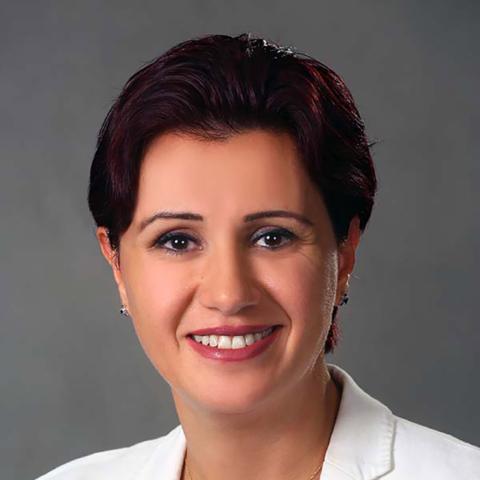Who Gets AL Amyloidosis?
AL amyloidosis is commoner in men than in women and although most patients with AL amyloidosis are aged over 45, it occasionally occurs at younger ages.
Symptoms
In AL amyloidosis, amyloid deposits may affect any part of the body except for the brain. Usually one or two organs are predominantly affected (known as the “dominant” organs). Patients with AL amyloidosis may complain of general problems such as weight loss, fatigue, weakness, loss of appetite and easy bruising. They may also develop symptoms of disease affecting the kidneys, heart, nervous system, gut, liver, spleen, skin, and joints. Macroglossia (enlarged tongue), bruising of the skin round the eyes (‘racoon eyes’ or ‘panda eyes’) and the shoulder pad sign (swelling of both shoulders) are quite rare, occurring in less than 15% of cases. But when these signs do occur, they are very strongly suggestive of AL amyloidosis.
What are the side effects of chemotherapy for AL amyloidosis?
Intermediate and high dose chemotherapy are inevitably associated with at least some nausea, poor appetite, and tiredness. Temporary hair loss may occur. Vomiting during the chemotherapy can now largely be prevented. Hair loss may occur with some types of chemotherapy, but it is usually temporary, with hair growing back after the treatment is finished.
Treatment
Treatment of all types of amyloidosis is currently based on the following principles:
- Reducing the supply of amyloid forming precursor proteins.
- Supporting the function of organs containing amyloid.
In AL amyloidosis, treatment is directed towards the abnormal plasma cells (usually in the bone marrow), which produce the abnormal light chains that form amyloid deposits. Treatment regimens are referred to as ‘chemotherapy’. The drugs used are similar to those used in the related condition of multiple myeloma. Patients with AL amyloidosis are usually treated with a combination of different drugs, taken simultaneously. Each drug acts by a different mechanism to block the activity of the abnormal plasma cells in the bone marrow. In recent years, newer types of drugs have been introduced, which appear to be more effective than previous regimens, with fewer side effects. AL amyloidosis is a very varied disease. Each patient’s disease is caused by their own, unique abnormal light chains. Manifestations of illness differ considerably between patients. The most suitable treatment for each individual depends on a number of factors including:
- Age
- Quantity of amyloid
- Organs affected- heart and kidney function are especially important for treatment decisions
- Other diseases and general health
- Personal preference
Treatment should be individually tailored after consultation with the ANAC doctors. When making treatment decisions about which drugs to recommend for patients with AL amyloidosis, the doctors aim to achieve a balance between achieving a good response to treatment as rapidly as possible to halt the damage caused to organs by the amyloid deposits, and, minimizing adverse side effects of the drugs.
Many patients achieve a good response to treatment after just 3 cycles of treatment, and laboratory tests sometimes show improvement even earlier than this.
How does the treatment work?
When amyloid precursor protein supply is controlled:
- Accumulation of new amyloid ceases
- Existing amyloid deposits often regress (become smaller)
- Organ function is often preserved and may also recover
Patients with AL amyloidosis are usually treated with a combination of different drugs, taken simultaneously. Each drug acts by a different mechanism to block the activity of the abnormal plasma cells in the bone marrow. This reduces the production of the light chains which form the amyloid deposits. As a result, new amyloid deposits form more slowly or not at all and existing amyloid deposits may regress. It may be helpful to envisage amyloid deposits blocking up the organs as somewhat similar to the everyday situation of a blocked sink. Water running from the tap at full blast represents the amyloidogenic free light chains pouring out of abnormal plasma cells. The small sink outlet represents the body’s limited capacity to clear amyloid deposits away from the organs. If the tap is turned on fully so that the rate of running water far exceeds the drainage rate, water builds up in the basin despite some drainage. If the tap is turned down sufficiently, the water can drain away slowly. If the rate of light chain production can be turned down sufficiently, amyloid stops accumulating in the tissues. Amyloid deposits may even be cleared away faster than they are produced.








